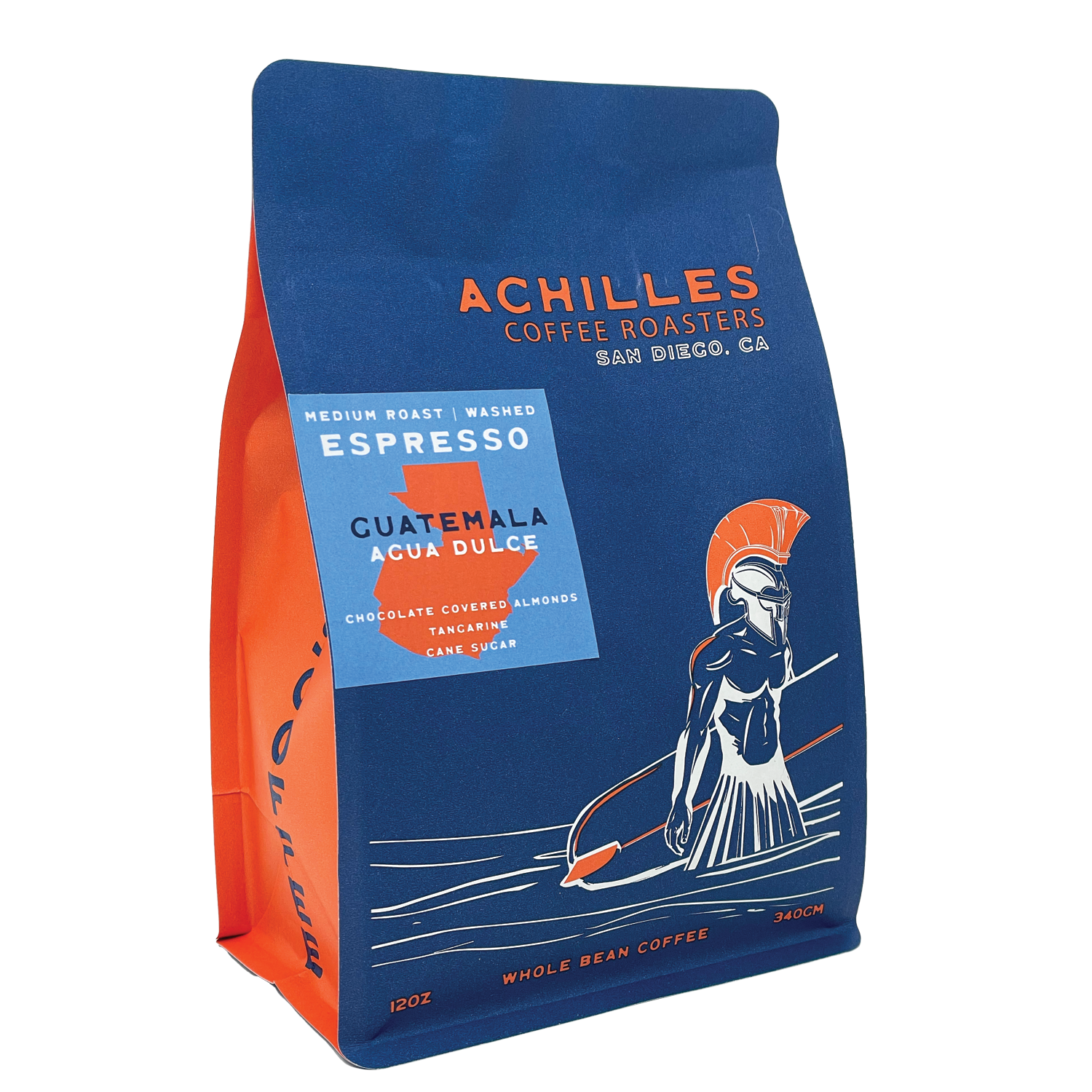Experience the Distinctiveness with Freshly Roasted SOE Single Origin Espresso
Experience the Distinctiveness with Freshly Roasted SOE Single Origin Espresso
Blog Article
Comprehending Coffee Beans: the Trip From Espresso to Blended Coffee Beans

The Beginnings of Coffee: An International Perspective
While you could think of coffee as a modern-day staple, its origins map back centuries, intertwining with societies throughout the globe. The tale starts in Ethiopia, where tale claims a goat herder named Kaldi discovered the stimulating effects of coffee beans after discovering his goats frolicking vigorously after consuming them.
As profession paths expanded, coffee made its means to Europe in the 17th century, swiftly getting popularity. Each society added its one-of-a-kind spin to coffee preparation, enriching its history.
Growing and Harvesting of Espresso Beans
As coffee's trip developed, the emphasis shifted to the growing and harvesting of details bean selections, specifically those utilized for coffee. You'll find that coffee beans typically come from Arabica or Robusta plants, each offering distinctive flavors. The perfect growing conditions include high altitudes and abundant, well-drained dirt, which enhance the beans' top quality.
Throughout the harvest, picking techniques differ. In some regions, workers hand-pick ripe cherries, guaranteeing only the best fruit goes to processing. In other locations, mechanical harvesters are made use of, especially on bigger ranches. When the cherries reach peak ripeness for maximum taste., timing is crucial; you desire to harvest.
As soon as gathered, the beans are gotten ready for handling, which is vital in determining their final taste. Comprehending the farming and collecting processes gives you understanding right into what goes right into your favorite espresso, enhancing your gratitude for each and every mug.
Processing Methods: From Cherry to Bean
Since you've found out about collecting coffee beans, let's check out exactly how those cherries change into the coffee beans you enjoy. You'll see how different harvesting methods effect flavor, followed by the crucial actions of fermentation and drying out. We'll break down the milling and grading process that determines your coffee's high quality.
Harvesting Methods Explained
When it comes to coffee, recognizing harvesting methods is necessary, considering that they directly impact the flavor and quality of the beans you enjoy. There are 2 key techniques: selective selecting and strip selecting. Selective choosing involves hand-picking just ripe cherries, guaranteeing you get the most effective quality beans. This method typically results in a richer taste account, though it's more labor-intensive. On the other hand, strip choosing means gathering all cherries at as soon as, regardless of ripeness. While it's quicker and less costly, this can cause a mix of flavors, impacting the last item. Eventually, the option of harvesting strategy can substantially influence your coffee experience, so it's worth understanding exactly how those beans made it to your cup.
Fermentation and Drying Out
After collecting, the following action in processing coffee beans play a considerable role in forming their flavor. You'll locate that fermentation is important, as it assists damage down the mucilage surrounding the beans, improving their preference account. Depending on the method, this procedure can last from a couple of hours to several days, with varying results based upon temperature level and moisture.
Sun-drying permits the beans to soak up tastes from the atmosphere, while mechanical drying out guarantees constant wetness levels no matter of climate. Correct drying is crucial to stop mold and protect the beans' top quality, eventually affecting your cup of coffee.
Milling and Grading Process
As fermentation and drying out set the phase for flavor development, the milling and grading process warranties that only the best coffee beans make it to your mug. This phase entails eliminating the external layers of the coffee cherry, including the parchment and husk. Premium beans receive a higher grade, resulting in a richer coffee experience.
Toasting Methods: Opening Flavor Prospective
When you roast coffee beans, the method you select can drastically impact the taste account. Comprehending the partnership in between time, temperature level, and toasting methods is key to exposing the capacity of your brew. Allow's explore exactly how these components integrated to create the perfect cup.
Toasting Approaches Clarified
While you might assume that all coffee toasting approaches yield the exact same outcomes, the fact is that each method reveals one-of-a-kind flavor possibilities in the beans. You can choose in between techniques like drum roasting, air roasting, and even typical pan roasting. Drum roasting makes use of a revolving drum to equally distribute warm, enhancing caramelization and creating a well balanced flavor. Air roasting, on the various other hand, flows warm air around the beans, advertising a lighter roast with pronounced acidity. Pan toasting enables for hands-on control however needs consistent attention to avoid burning. Each technique has its subtleties, so explore different strategies can assist you find the perfect roast that straightens with your taste preferences. Take pleasure in the journey of locating your suitable cup!

Effect on Flavor Account
Various roasting techniques not only affect the process but additionally greatly affect the flavor profile of the coffee Single Origin Espresso beans. Dark roasts, on the other hand, bring out bold, great smoky tastes, occasionally masking the bean's unique qualities. Recognizing these subtleties aids you value the virtuosity behind your cup of coffee, improving your general experience with every sip.
Time and Temperature Level Aspects
To launch the complete flavor possibility of coffee beans, both time and temperature during the toasting process play significant functions. When toasting, you'll discover that greater temperatures can quickly establish tastes, yet if you rush it, you may wind up with charred notes. Conversely, reduced temperature levels permit a more progressive flavor growth, showcasing the beans' special attributes.

Timing is simply as crucial; extending the roast as well long can bring about a loss of acidity and brightness, while too short a roast could leave the beans underdeveloped. Locating that wonderful place requires method and testing. By readjusting these aspects, you can expose the rich, complicated tastes hidden within each bean, developing a truly amazing coffee experience.
The Art of Mixing: Crafting Distinct Coffee Accounts

Begin by picking a base coffee that offers a strong structure. An intense Ethiopian bean can bring fruitiness, while an abundant Brazilian coffee includes body.
As you blend, bear in mind that each combination informs a tale. You're not simply making coffee; you're creating an experience. Take your time, taste often, and appreciate the journey of discovering your signature blend - Single Origin Espresso.
Brewing Approaches: Just How Prep Work Impacts Flavor
Mixing coffee opens a domain of flavor opportunities, yet just how you make that mix can considerably influence your final cup. Different brewing methods extract unique flavors and scents, so it's important to select intelligently. For circumstances, a French press permits oils and sediments to continue to be, developing a rich, full-bodied experience. On the other hand, a pour-over highlights the coffee's clarity and brightness, perfect for showcasing fragile notes.
Coffee, with its high pressure, produces a concentrated shot that highlights sweet taste and crema. If you prefer a lighter mixture, consider a cold brew method; it yields a smooth, less acidic preference.
Adjusting variables like water temperature, grind dimension, and brew time can change your coffee's profile. Accept the art of brewing to find the tastes hidden in your coffee blends.
The Future of Coffee: Sustainability and Technology
As the coffee sector evolves, sustainability and development are ending up being vital for attending to environmental challenges and meeting consumer demands. You'll discover that more coffee firms are adopting environmentally friendly methods, from sourcing beans fairly to applying lasting farming techniques. These shifts not just aid the world but additionally enhance the high quality of the coffee you delight in.
You might see developments like naturally degradable product packaging and water-saving developing approaches that reduce waste. Advanced innovation, such as blockchain, is additionally becoming preferred, ensuring openness in the supply chain, which permits you to trace your coffee back to its origins.
Additionally, investing in neighborhood areas and sustaining farmers via fair profession initiatives promotes a much more lasting coffee community. As you sip your following cup, bear in mind that your options can add to a brighter future for coffee. By choosing sustainable brands, you're not just taking pleasure in a drink; you're making a favorable influence on the globe.
Regularly Asked Inquiries
What Is the Difference Between Arabica and Robusta Beans?
Arabica beans are smoother, sweeter, and have a higher level of acidity, while robusta beans are more powerful, a lot more bitter, and consist of more high levels of caffeine. When making your coffee., you'll notice these distinctions in taste and scent.
How Does Elevation Affect Coffee Bean Taste?
Elevation influences coffee bean flavor substantially. Higher elevations generate beans with brighter level of acidity and facility flavors, while reduced elevations usually produce beans that are heavier and much less nuanced. You'll notice these differences in your mug!
What Are the Wellness Benefits of Alcohol Consumption Coffee?
Consuming alcohol coffee can improve your power, boost psychological focus, and even improve physical performance. It's abundant in anti-oxidants, may decrease the risk of particular diseases, and can advertise a healthier metabolic process when eaten in moderation.
Can Coffee Beans Be Reused for Brewing?
Yes, you can recycle coffee beans for developing, however the taste may be weak. If you take pleasure in exploring, attempt recycling them in various ways, like cool brews or including in healthy smoothies for an extra kick.
Just how Should I Store Coffee Beans for Freshness?
To maintain your coffee beans fresh, store them in an impermeable container in an amazing, dark place. Prevent exposing them to warm, light, or moisture, as these elements can quickly deteriorate their taste and scent.
Understanding Coffee Beans: the Trip From Espresso to Blended Coffee Beans.
Now that you have actually learned regarding collecting coffee beans, let's check out exactly how those cherries transform right into the coffee beans you enjoy.When you roast coffee beans, the method you select can dramatically affect the flavor account - Single Origin Espresso.While you could assume that all coffee roasting techniques produce the exact same results, the reality is that each method exposes special flavor potentials in the beans.Various toasting methods not only influence the process however additionally significantly affect the flavor profile of the coffee beans
Report this page